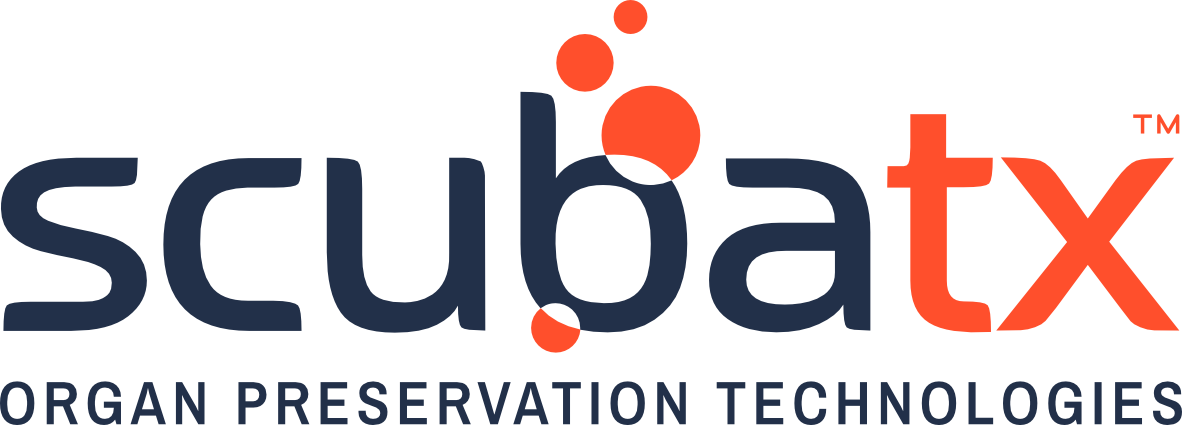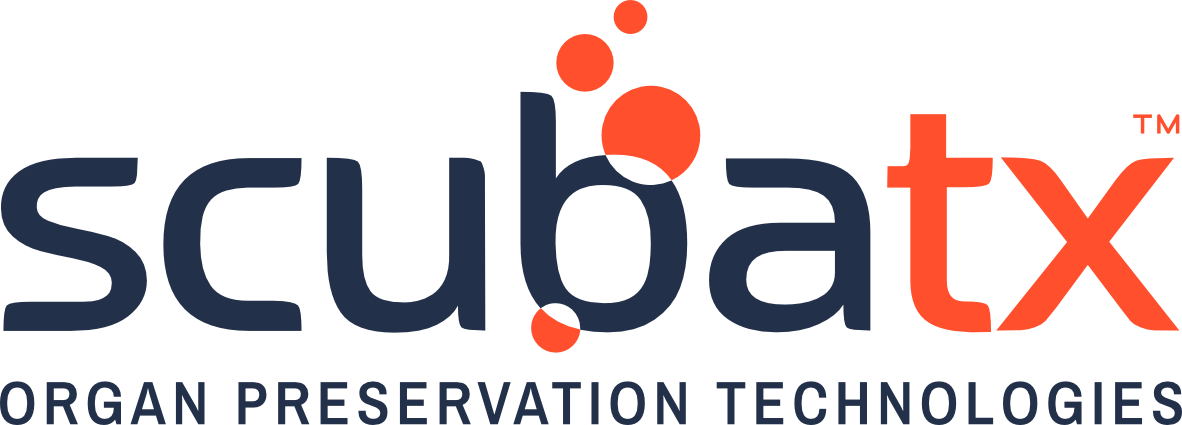Start with the End: A Strategic Exercise for Medtech Founders
I learned something last week that really stuck with me — an idea from Bryn Davies that reframes how founders think about strategy and value creation.
Bryn suggested this exercise: Imagine you’ve just sold your medtech business.
You’re reading the press release, or perhaps watching the acquirer’s presentation to their shareholders about why they bought you.
Ask yourself:
What are they saying?
What makes your company so valuable to them?
What do they highlight — your technology, your data, your clinical results, your market reach?
Once you can picture that scene vividly, you can work backwards.
That imagined “exit story” becomes a roadmap. It helps you set clear, actionable goals today — ones that build towards the kind of company others would one day want to acquire (or emulate).
The power of this approach isn’t about chasing an exit. It’s about clarity. It forces you to define what real, defensible value looks like — and to focus your limited time and capital on creating it.
Why It Works
Focus shifts from day-to-day firefighting to end-game value creation.
You reveal what matters most — the outcomes, not just the outputs.
It aligns your team and stakeholders around a shared narrative: “Here’s why someone would buy us.”
You can benchmark metrics, milestones and strategic choices against that target story.
What the Bigger Players Are Looking For: Real-World Examples
Here are some recent medtech acquisitions that illuminate what acquirers are looking for — which you can use as guideposts when imagining your own business’s end-game.
Example 1: Johnson & Johnson (J&J) acquires Shockwave Medical (2024)
In May 2024 J&J bought Shockwave for about US$13.1 billion, adding the intravascular lithotripsy (IVL) technology to treat calcified arterial lesions.
Why it mattered:
The target technology addressed a large-and-growing unmet need (calcified arterial disease).
It gave J&J a “category-leading” platform in cardiovascular intervention — expanding their footprint in a premium growth segment.
The business had a clear growth trajectory and could scale. From an acquirer’s point of view, it wasn’t just defensive but offensive strategy.
Learning for a founder: If you can articulate: “Here’s the unmet need we solve, here’s how we’re category-leading, here’s how we scale” — you’re speaking an acquirer’s language.
Example 2: Boston Scientific acquires Axonics (2024)
Boston Scientific’s ~$3.7 billion acquisition of Axonics gave them access to neuromodulation systems (for urinary/bowel dysfunction) — a high-growth, under-penetrated segment.
Why it mattered:
They filled a portfolio gap (urology/neuromodulation) by bringing in a specialist with differentiated tech.
The target addressable market was large and growing, and the incumbent was under-penetrated.
Learning: If your business occupies a niche where incumbents are weak, and you are building differentiated tech in that niche, the acquirer sees value in that gap-filling.
Example 3: Terumo Corporation acquires OrganOx (2025)
UK‐based spin-out OrganOx, specialising in organ perfusion (keeping donor organs viable longer) was acquired for about US$1.5 billion.
Why it mattered:
Novel technology addressing a critical clinical need (organ preservation).
Demonstrated commercialisation (used in 6,000+ liver transplants) and had pipeline (kidney device) — so not just early-idea.
Strong IP, first-mover advantage, meaningful scale.
Learning: Even for smaller companies, being in a domain where you are the solution to a big clinical/market challenge, and having proof of concept + scale, makes you “buy-worthy”.
Turning It Into Your Own Narrative
Here’s how you can apply the “exit press release” exercise concretely:
Write the headline for your future exit.
Example: “Acquirer X to acquire MedTechCo for $Xbn to dominate segment Y via Z technology.”Write the three key bullets of the deal announcement.
E.g.“Acquirer acquires our proprietary implantable sensor platform which delivers 10-20% improved outcomes in heart-failure patients vs current standard.”
“The acquisition brings access to a global installed base of 400 hospitals and 12 million patients, accelerating commercial scale.”
“Our device’s rich procedural & outcomes data enables the acquirer to move into digital therapeutics/adjacent services.”
Work backwards:
What needs to be true for that press release to make sense?
What metrics will support the story (clinical outcomes, revenue growth, installed base, data assets, IP strength)?
What strategic choices must you make now (e.g., regulatory pathway, global distribution expansion, data-capture features, service model)?
Translate into near-term goals.
12-18 months: achieve CE mark or FDA breakthrough + evidence of outcomes.
24-36 months: sign 50 hospital contracts, deploy platform in X countries, capture Y data points.
3-5 years: grow revenue to $X m, show doubling of procedures year-on-year, establish outcomes superiority.
Check alignment.
Is the story of your company compelling to an acquirer?
Does it address a big market, with growth opportunity?
Are you defensible (IP, clinical evidence, data, regulatory moat)?
Are you building something that complements a larger platform (so you’re “buy-able”, not just standalone)?
Why This Matters for Medtech Founders
Many founders get bogged down in features, daily operations, fundraising rounds. This exercise flips the lens: What is the value we are ultimately creating?
In medtech especially, where regulation, reimbursement, evidence generation and scale take time, building with the “exit story” in mind helps keep long-term strategy front of mind.
You don’t have to be exit-obsessed, but you do need to be value-obsessed. That means making choices now that will stand up in your future press release.
It helps align your team, investors and board around a shared vision: “Here’s where we’re headed — and this is how we’ll get there.”
Final Thoughts
So next time you set your strategic plan, try this: write your own “press release from the future.”
Imagine what people will say about your company when it hits its stride. Then work backwards from there to define the goals and actions you need today.
Big thanks to Bryn Davies for the idea — I loved it so much I had to share it. I’ll definitely be using this again (and hope you will too).

